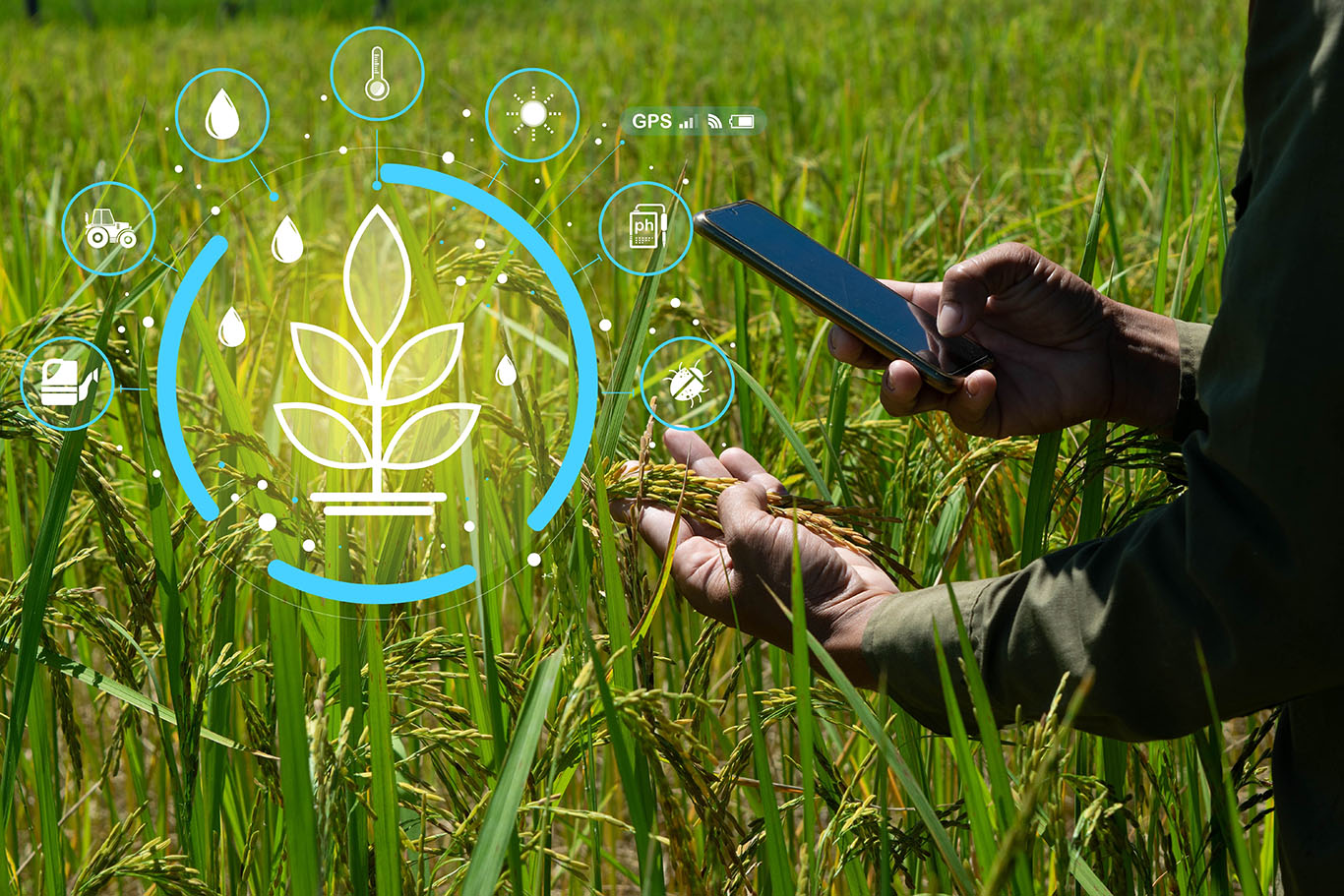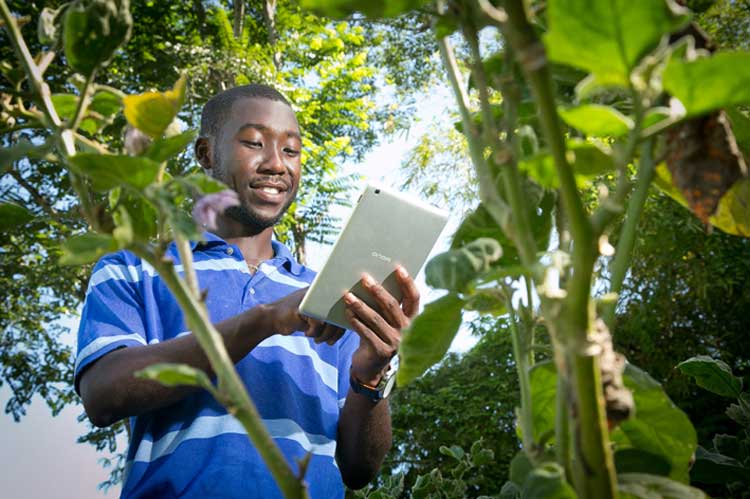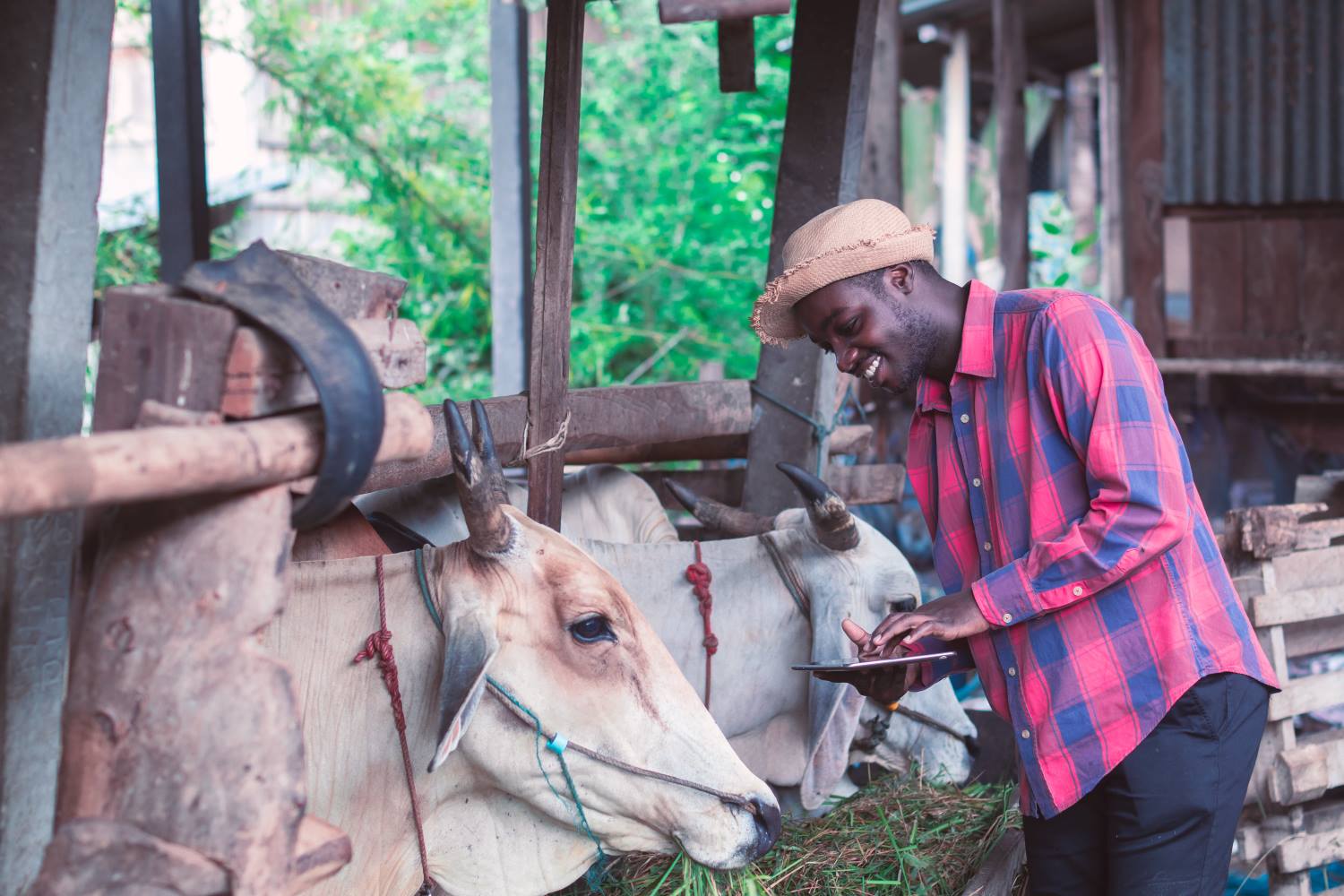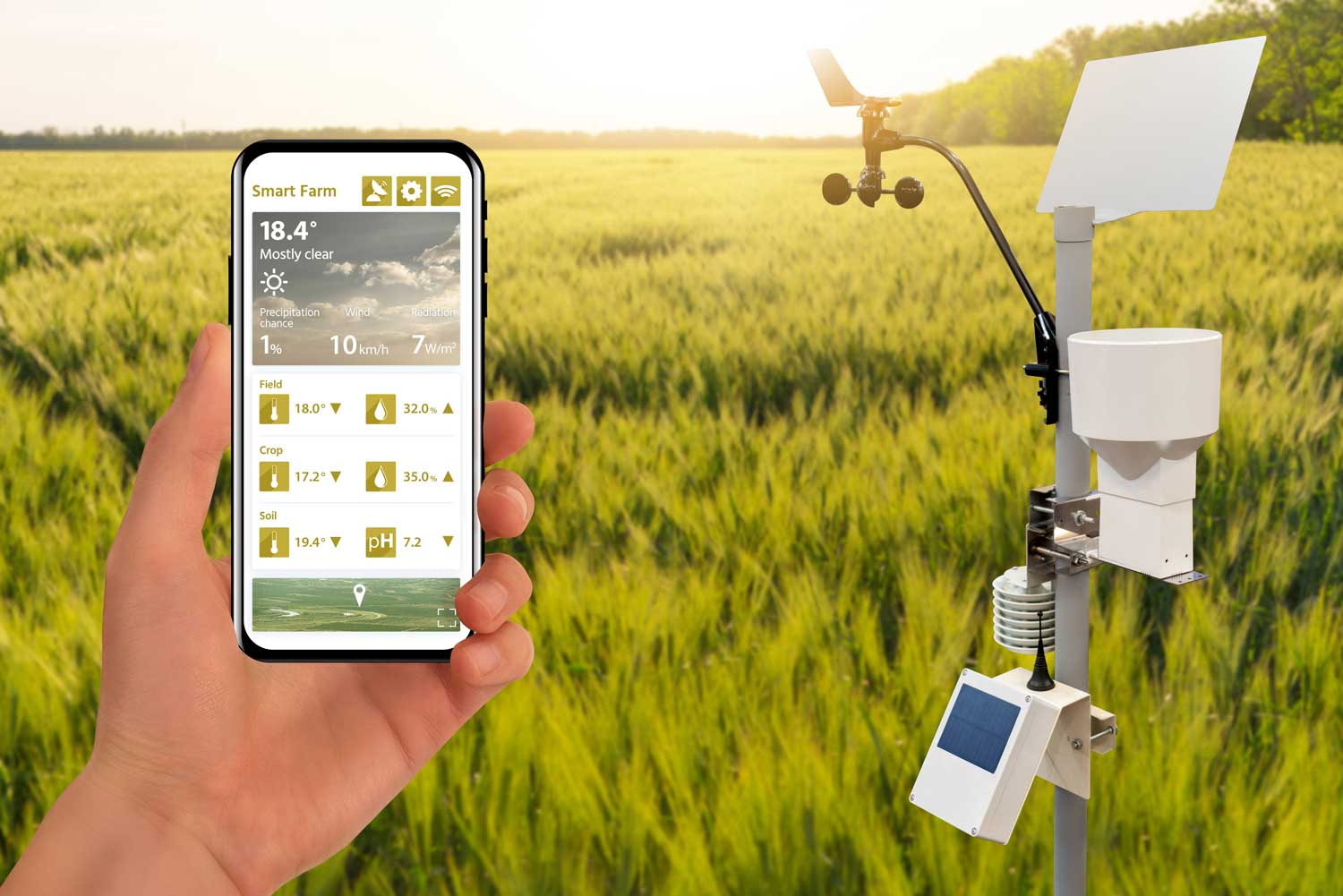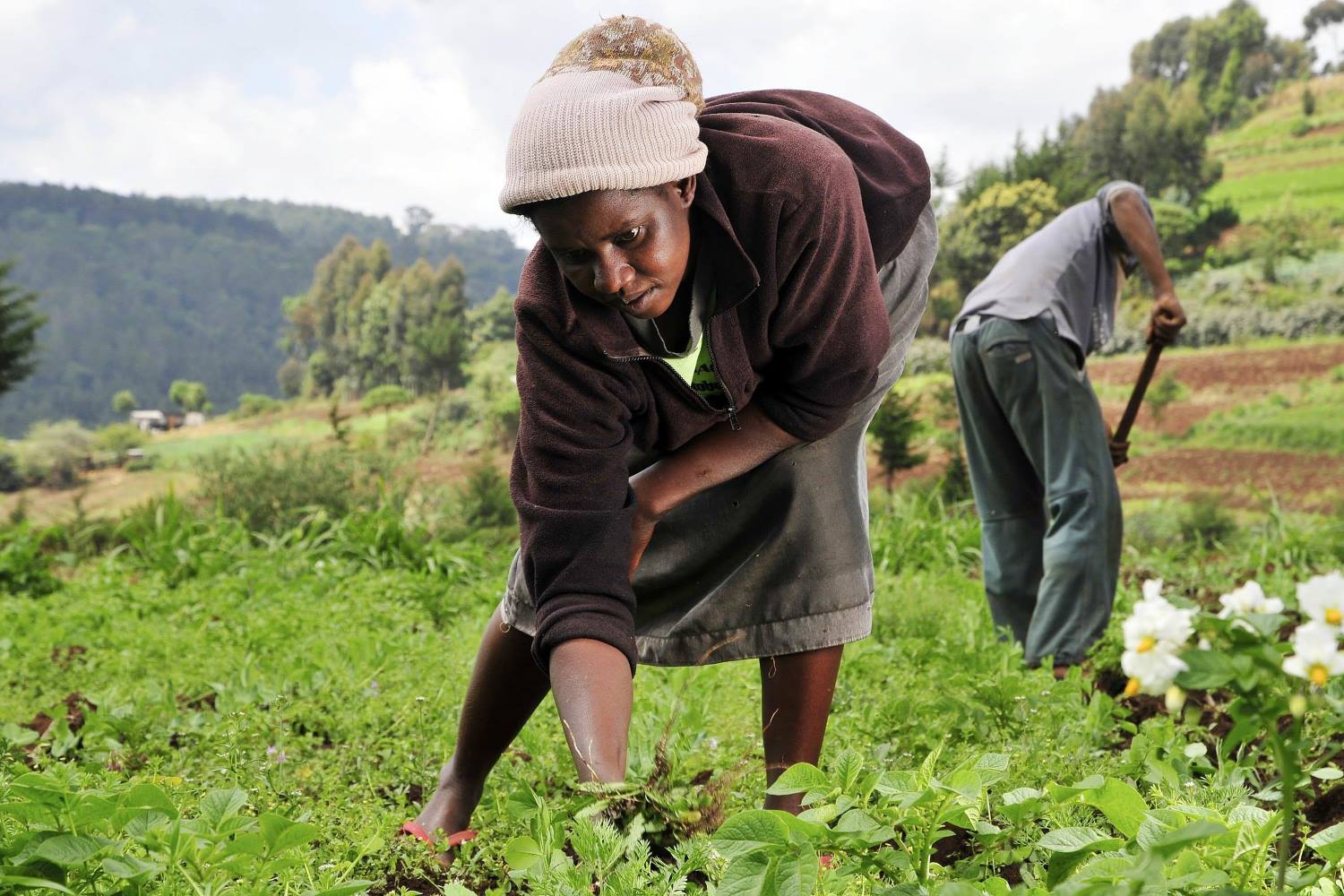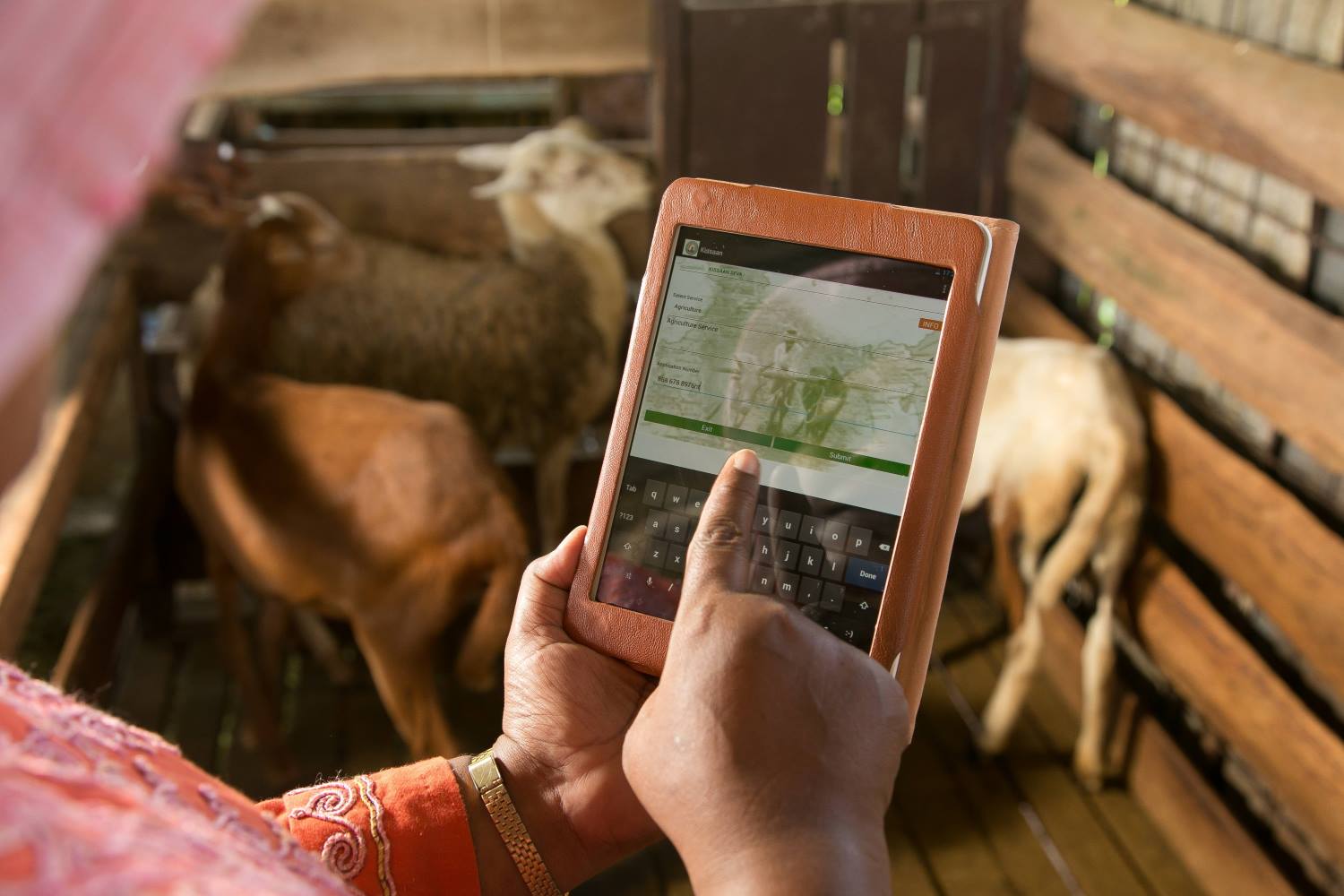Digital tools set to drive the agricultural revolution in India
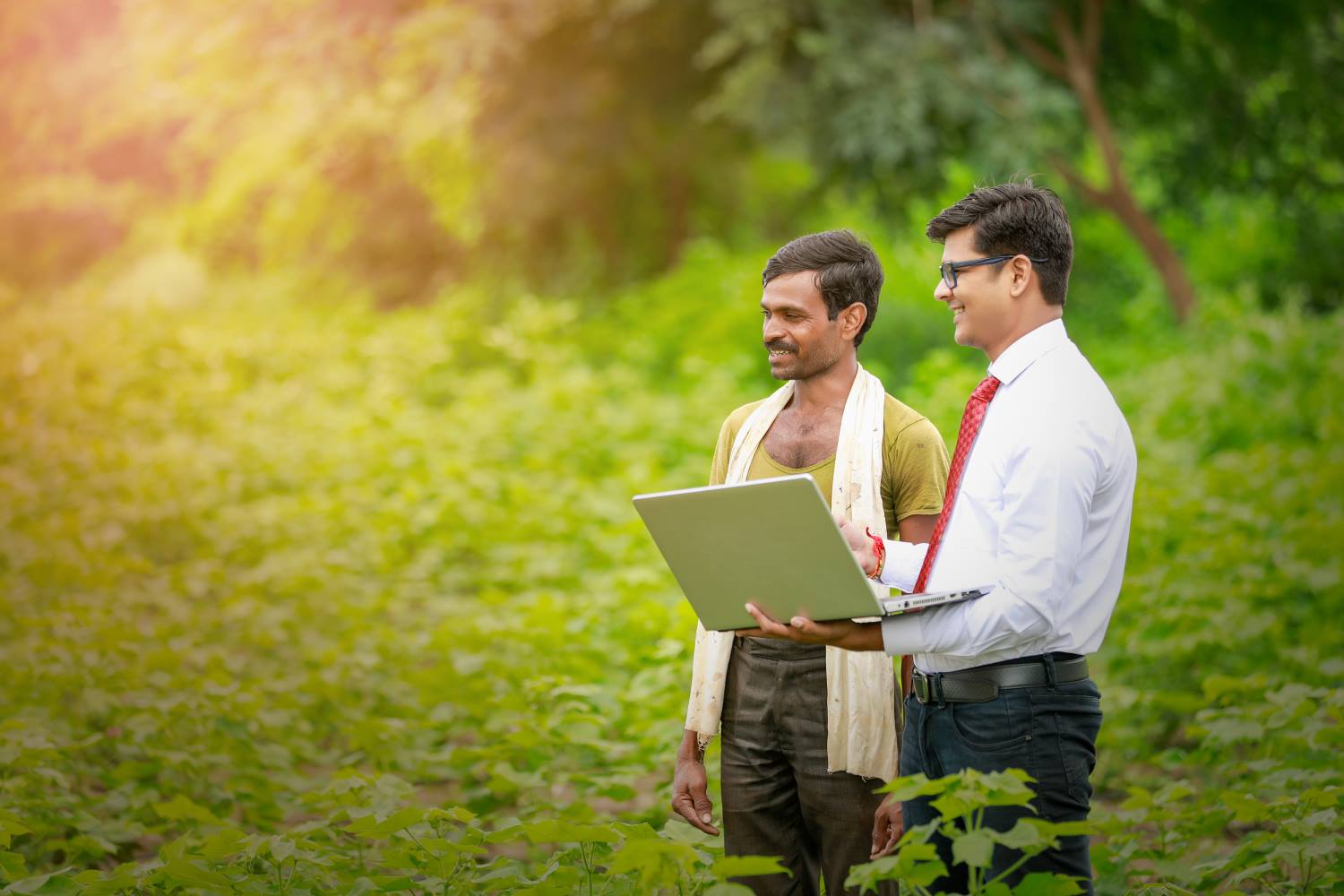
Digital tools set to drive the agricultural revolution in India
Author: Inder Kumar, Wageningen University & Research
Publish Date: 12 October 2022
India is poised to undergo a major transformation of the agriculture sector, by tapping into digital tools. Contributing 27 per cent to the GDP and a source of livelihood for 58 per cent of the country’s population, agriculture remains the backbone of the Indian economy. India currently ranks as one of the world’s top three countries in terms of agri-tech start-ups launched, and as a result of regulatory changes for Indian agriculture, agri-tech investment is expected to grow to a US$30–$35 billion market by 2025. However, despite India’s notable success in modernising its agriculture sector, small-scale producers (SSPs), who account for 86 per cent of the country’s total farming population, remain marginalised, with the average debt of a farming household rising fivefold in a decade. The Indian agri-tech start-up ecosystem faces a wide range of challenges, which are limiting its potential to serve the last mile. Digital agripreneurship holds a promise for enabling the transformation of existing businesses through the introduction of digital technologies and innovative enterprises (see also this Digital Agri Hub insights paper). An ecosystem approach to digital agripreneurship, where stakeholders collaborate and cooperate, can enable young agripreneurs to sustain their business model while seeking investment, innovation and market exposure, putting them in a stronger position to work effectively with small-scale producers.
Underlying issues affecting digital agripreneurship
Only 8 to 10 top-performing start-ups in the country are attracting a large amount of private capital. Some 90 per cent of the start-ups fail within the first five years, due to the lack of an ecosystem approach for entrepreneurship and scale-up while conducting tests, pilots and experiments. This is an indication that the current agritech ecosystem has skewed access to digital agripreneurship. Most failed start-ups have linked their failures to a lack of market demand (42 per cent), halted funding in the form of subsidies (29 per cent), lack of human resources (23 per cent), lack of impact (19 per cent), and lack of a sustainable revenue model (18 per cent). For start-ups to work effectively with the farming community, they need to be able to join an entrepreneurial ecosystem, providing tailor-made services from a regional to a national level, while creating social, economic and environmental impacts.
“For every organisation, there is an upstream business process and a downstream marketplace model. For an organisation to sustain its business model, it needs to pay close attention at both levels.” Jaclyn Bolt, Wageningen University & Research, the Netherlands.
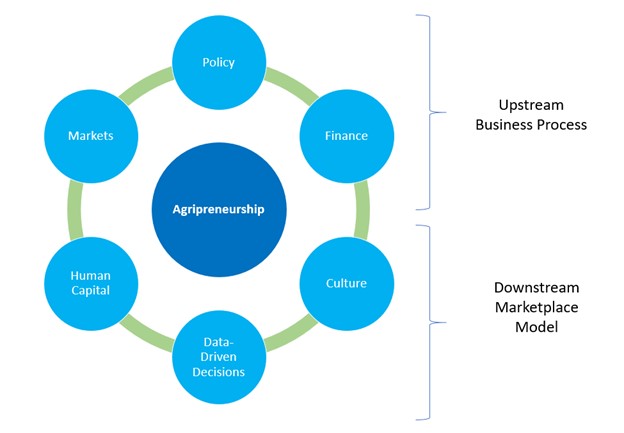
Figure 1: Entrepreneurial ecosystem (Adapted from Isenberg, 2011)
For an agri-tech start-up, it is important to understand how interactions between individuals, groups, organisations and institutions form a community around SSPs. Comprehensive market research to understand and act upon these community interactions is crucial to sustaining an entrepreneurial ecosystem (see Figure 1).
Upstream business process
"Entrepreneurs struggle to invest in a sustainable business model due to (uncertainty in) a heavily subsidised industry." Jaclyn Bolt, Wageningen University & Research, the Netherlands.
In order to work effectively with SSPs, a start-up needs to present stories of impact when seeking finance from an impact investor. Investors generally look for impact(s), including ones that are environmental (e.g. climate-smart agriculture), economic (e.g. cost-effectiveness) and societal (e.g. digital literacy and gender inclusion). Developing overarching policies and niche audiences for individual start-ups will help to better evaluate their impact and sustain multi-stakeholder management.
Downstream marketplace model
Once a start-up has sufficiently established its business process and impact storyline, it is important that it designs and evaluates its products and services for effective SSP engagement. As part of the team’s competence (human capital), skills in collecting hyper-local capacity-building data (land size, crops under cultivation, soil type, land registry, etc.) and in deriving and implementing socio-economic-based digital solutions and services that are aligned with its target audience are critical.
Success story of DeHaat: showcasing best practices for an ecosystem approach
Funding stage: Series D
Total funding amount: US$194.3 million
Annual revenue: $40.5M as on Dec 31, 2020
Funding rounds (7): Seed (2), debt financing (1), Series A (1), Series B (1), Series C (1), Series D (1)
Acquisitions (4): FarmGuide India, VezaMart, Ycook, Helicrofter
Founded in 2012, DeHaat claims to use digital innovations as a core value proposition of its business model, creating an entrepreneurial ecosystem around it and constructing the foundation for the next agricultural revolution in India. Originally launched with a non-profit fund from IIM Calcutta Innovation Park, DeHaat has now raised the largest funding round ($115 million) for an agri-tech start-up in India. It is a provider of end-to-end farming services to farming communities. The company works with more than 3,000 micro-entrepreneurs and 850 agribusinesses to provide last- mile aggregation and delivery to serve over 1 million farmers. The company’s business process and marketplace model are built around two mobile-based applications. First, DeHaat business for micro-entrepreneurs, offers services to micro-entrepreneurs including market linkages, technical advisories and AI-based analysis and forecasting for institutional buyers. Second, Dehaat Kisan for farmers, offers services for farmers, including crop consultation, crop reminders, advisory services, local voice calls, and markets for buying and selling inputs and produce.
Lessons learned
- Stakeholder collaboration and cooperation is critical to build and foster an entrepreneurial ecosystem, so that young entrepreneurs can work effectively with SSPs while sustaining their business model.
- Each element of the entrepreneurial ecosystem is interlinked and is massively influenced by the actors’ involvement and engagement.
- Products and service-oriented start-ups often fail if they lack a wider ecosystem in which they can work with SSPs.
- Impact logic (upstream) and capacity-building (downstream) are essential for start-ups to derive sustainable business models and effectively scale up while working with SSPs.



